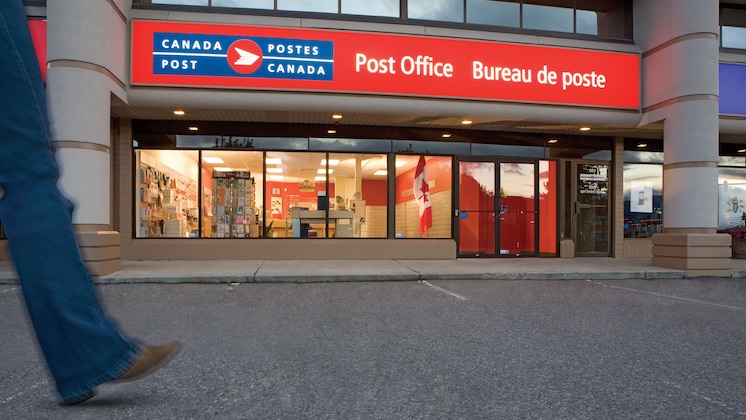Payments
Canada Post’s partnership with Amazon Cash stops short of postal banking
- Amazon Cash launched in Canada earlier this month, and customers can top up their accounts at post office locations across the country.
- Canada Post's partnership with Amazon is a way to enhance money services the postal provider offers, but it's more of a service add-on and a distribution point for Amazon rather than a full-out foray into banking.





